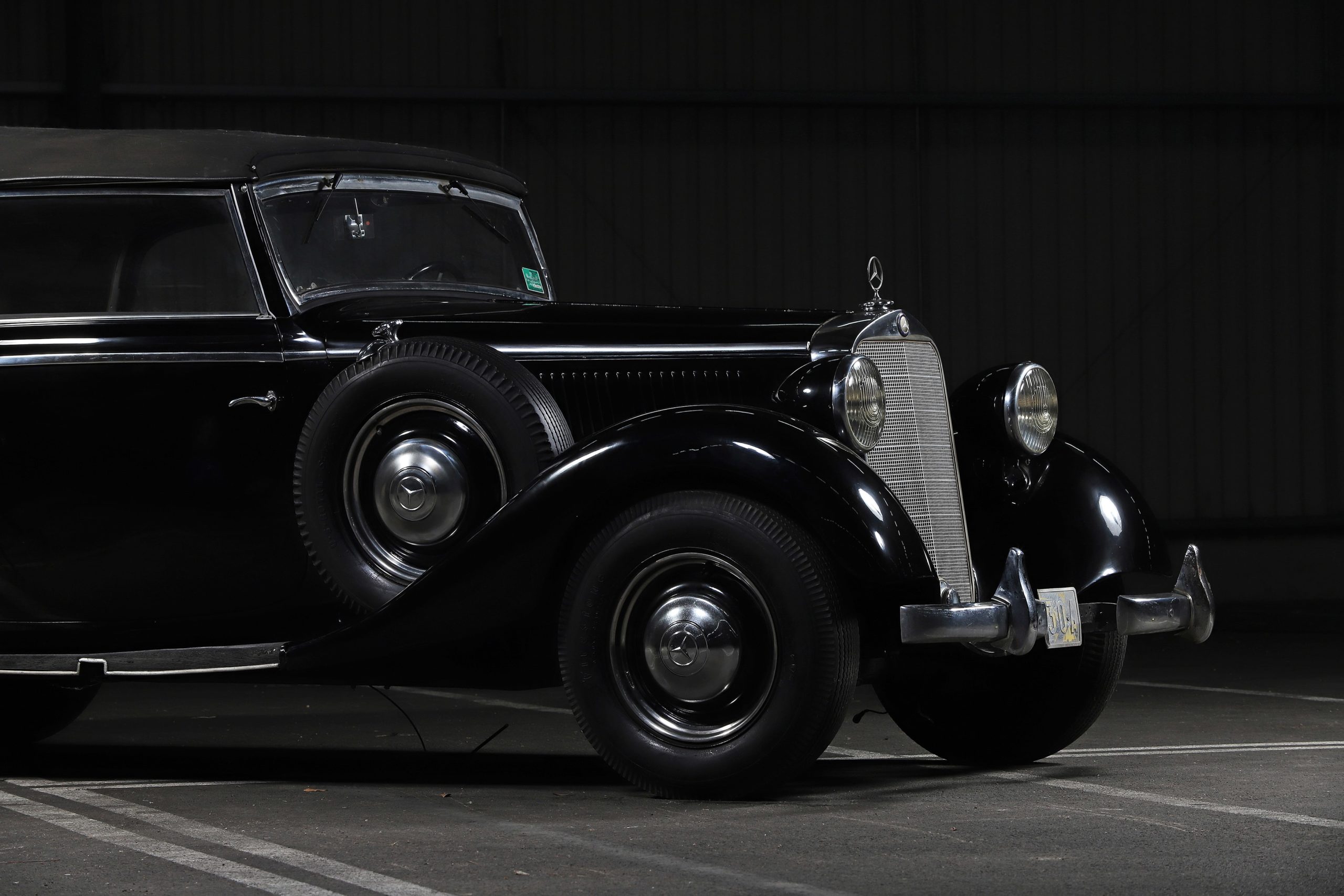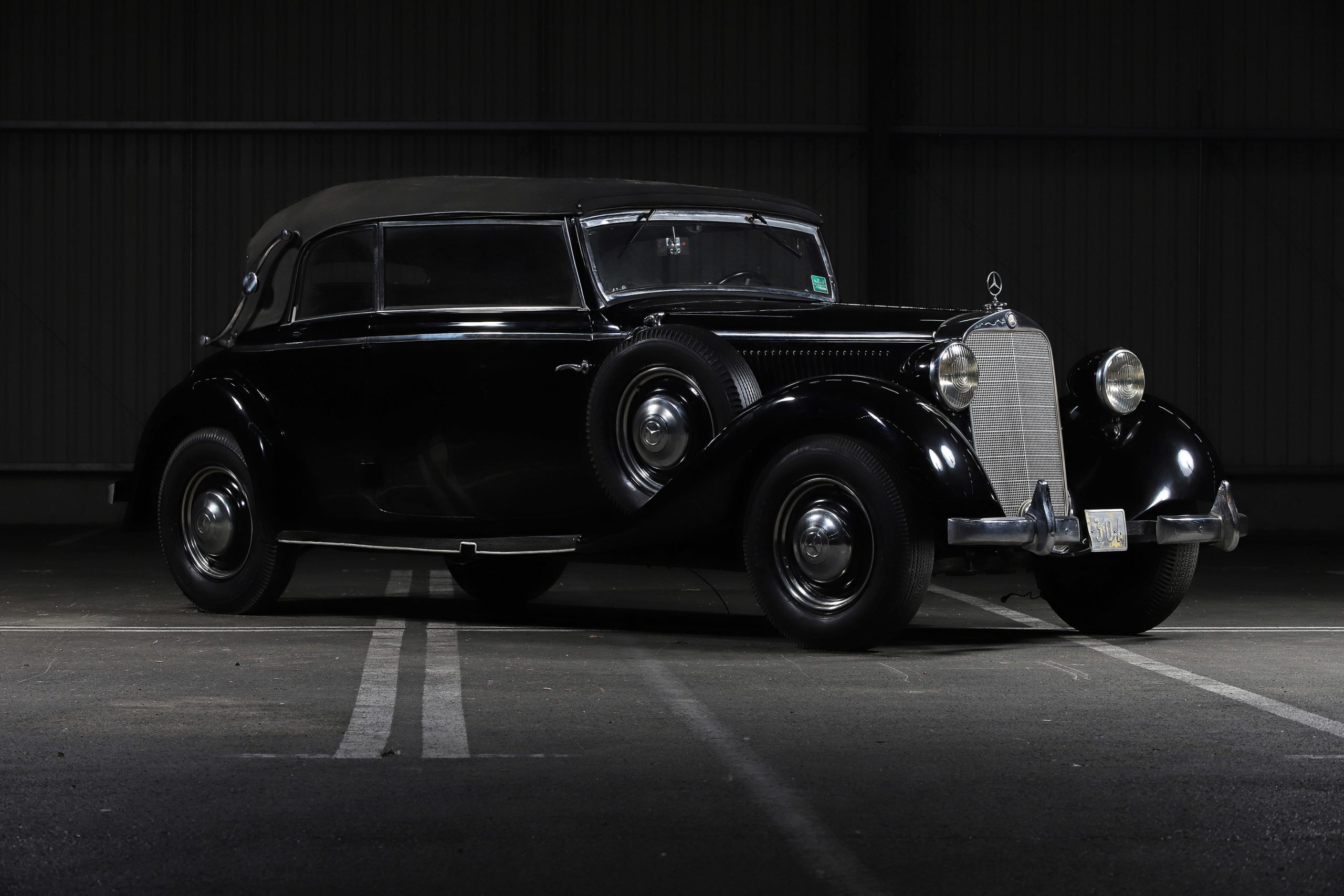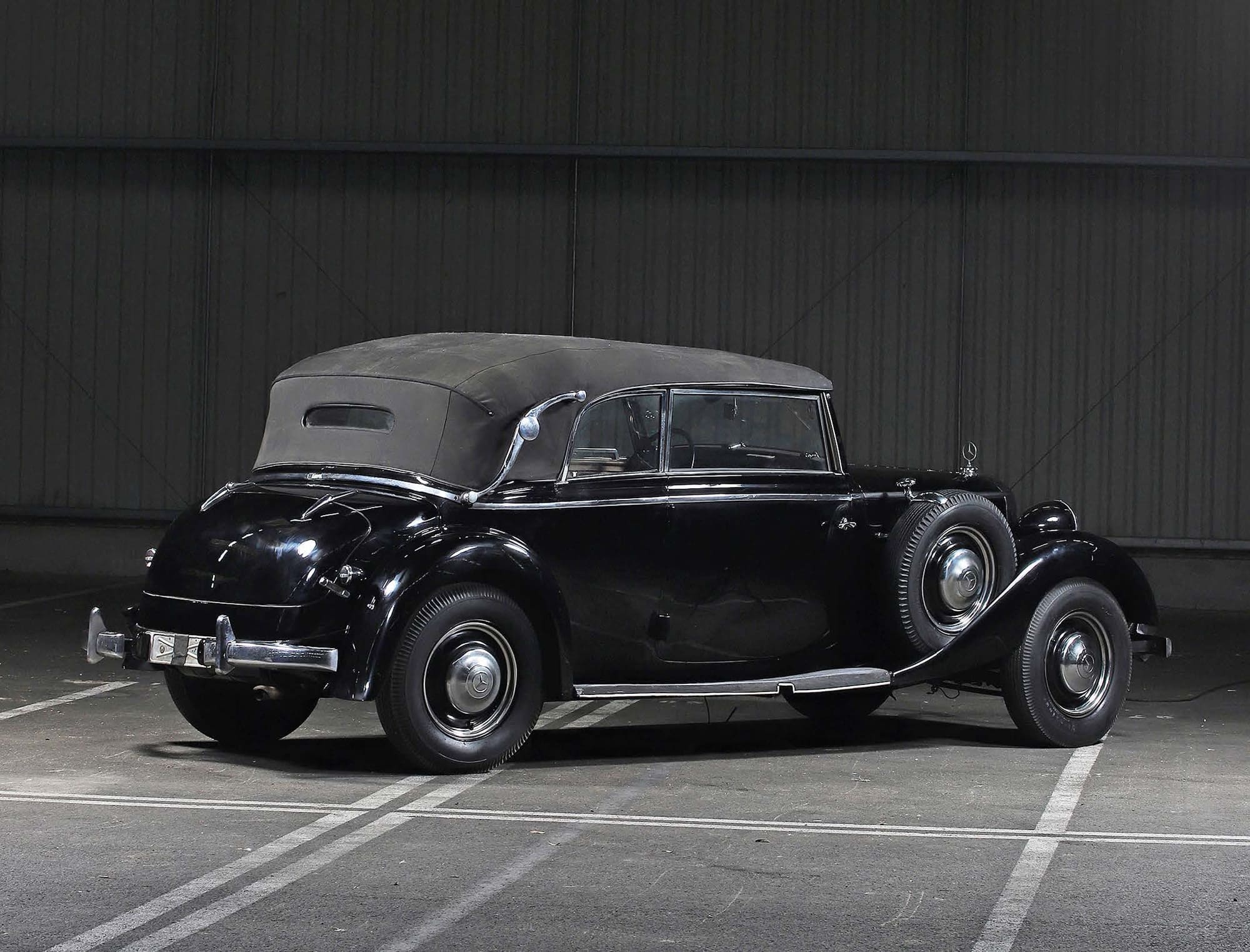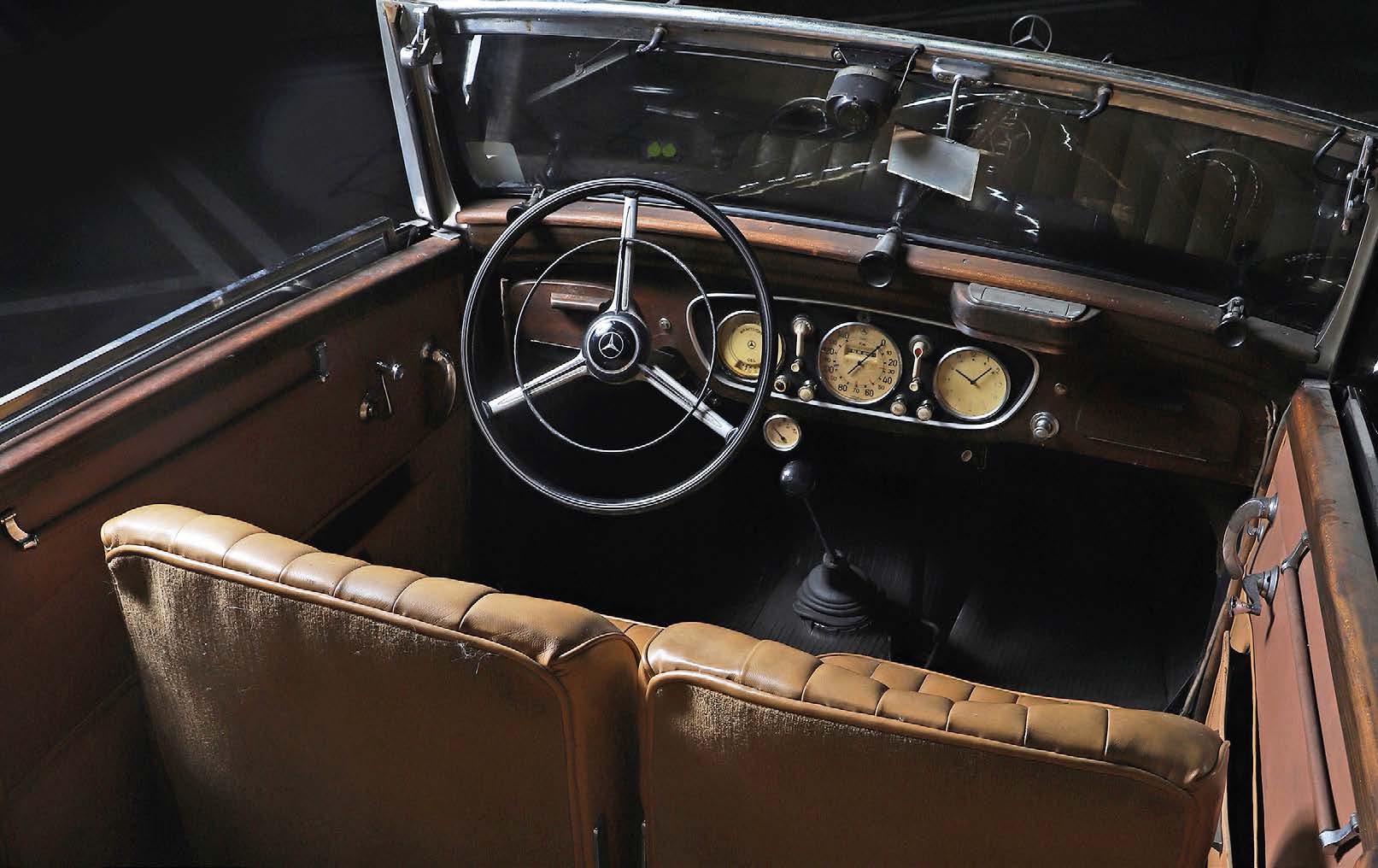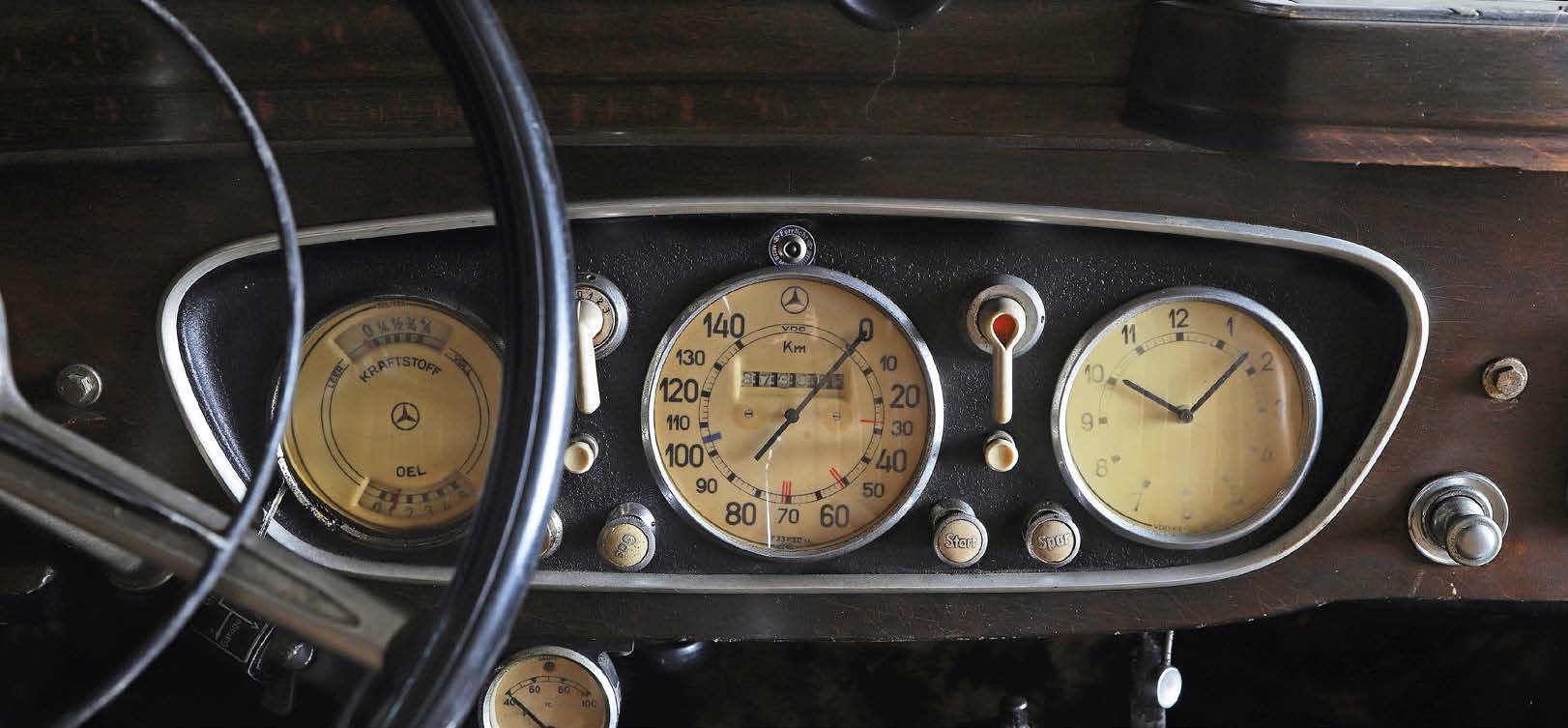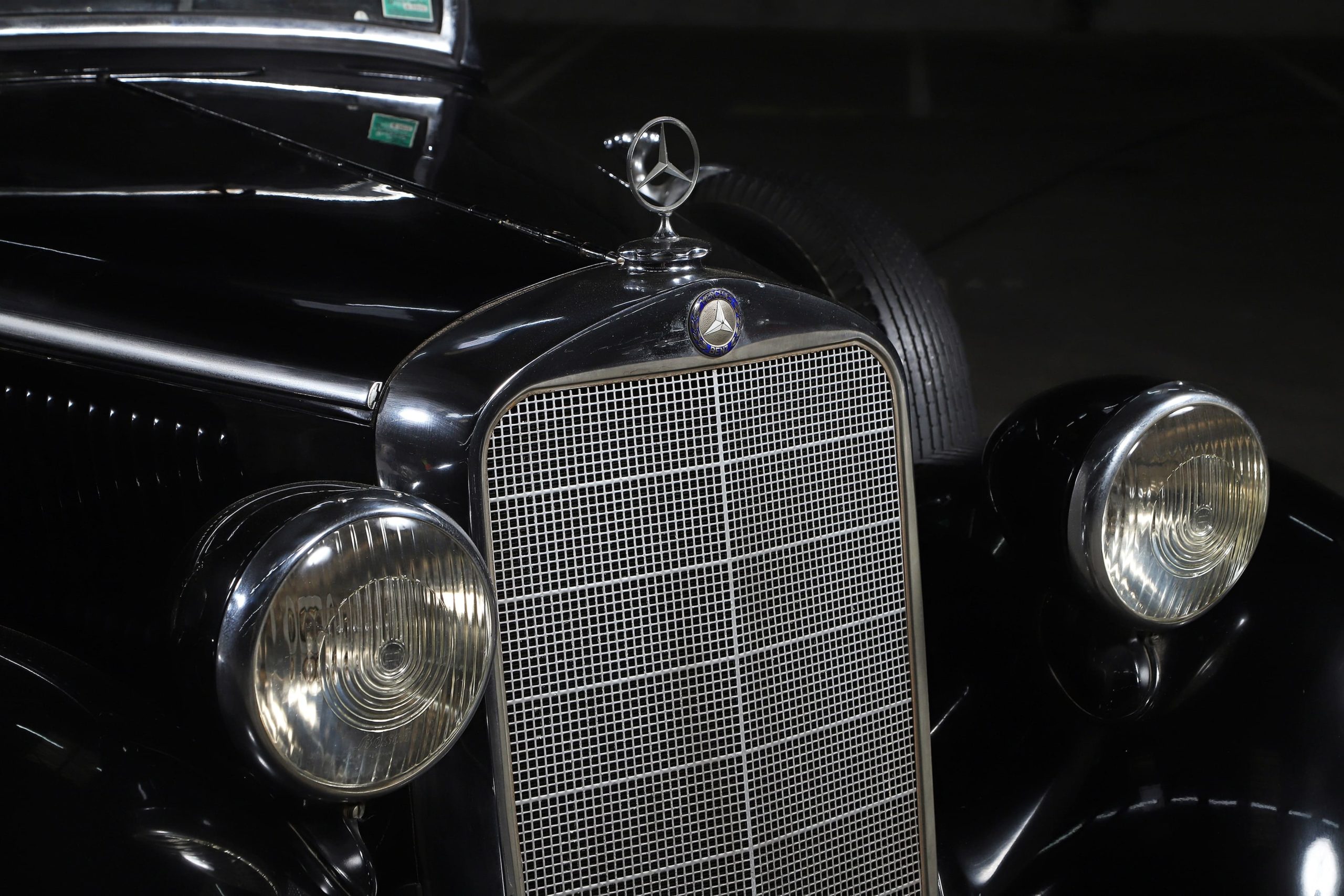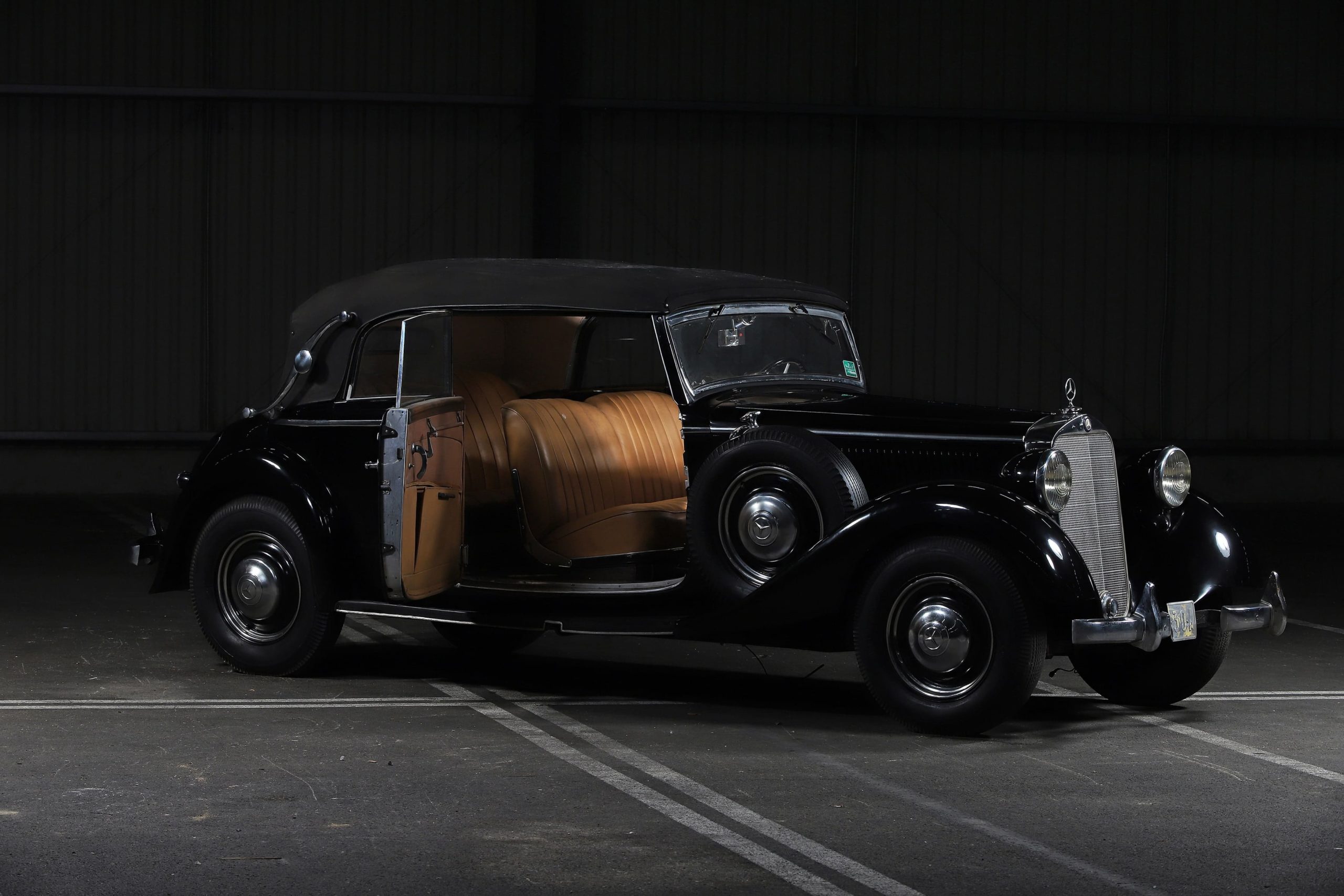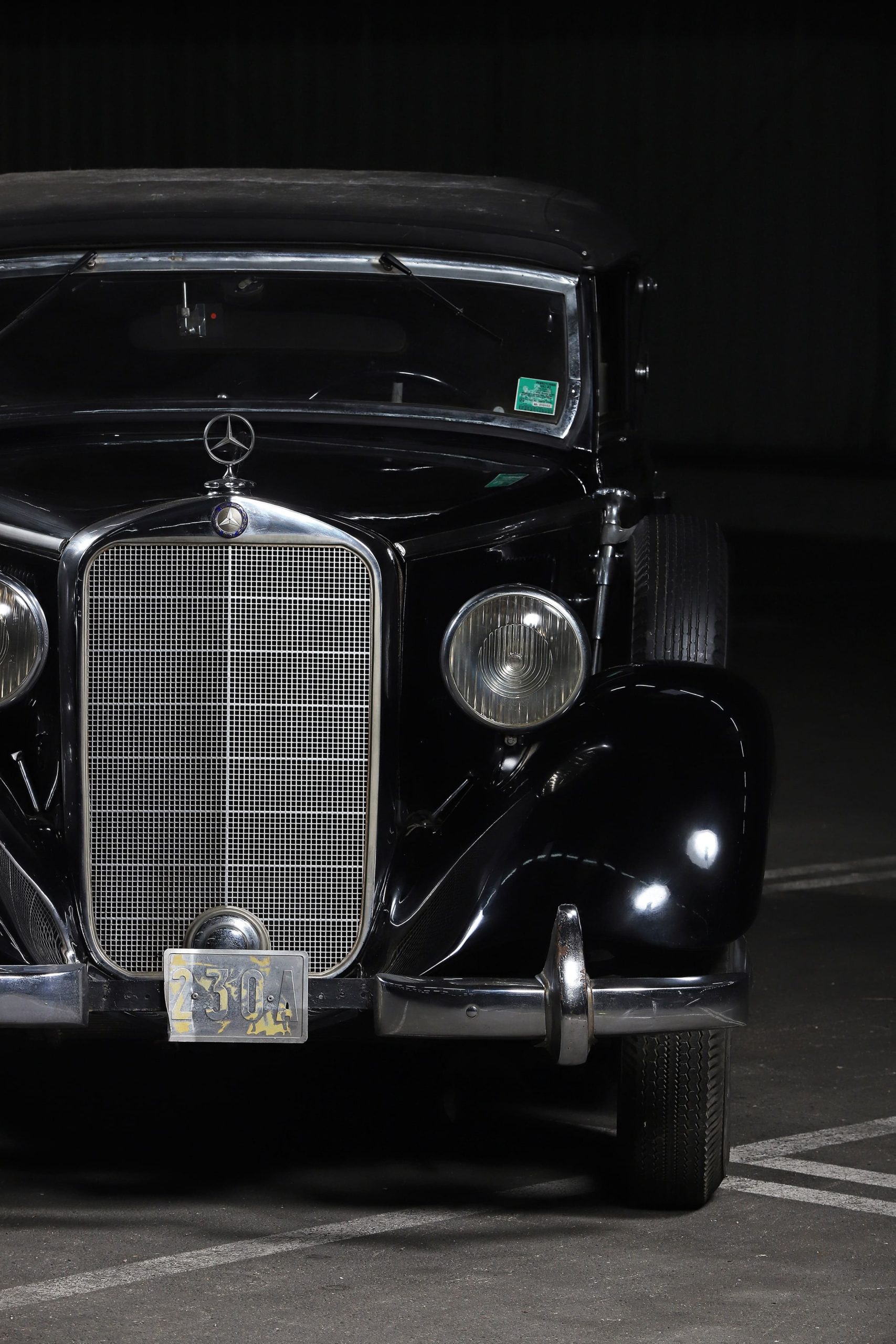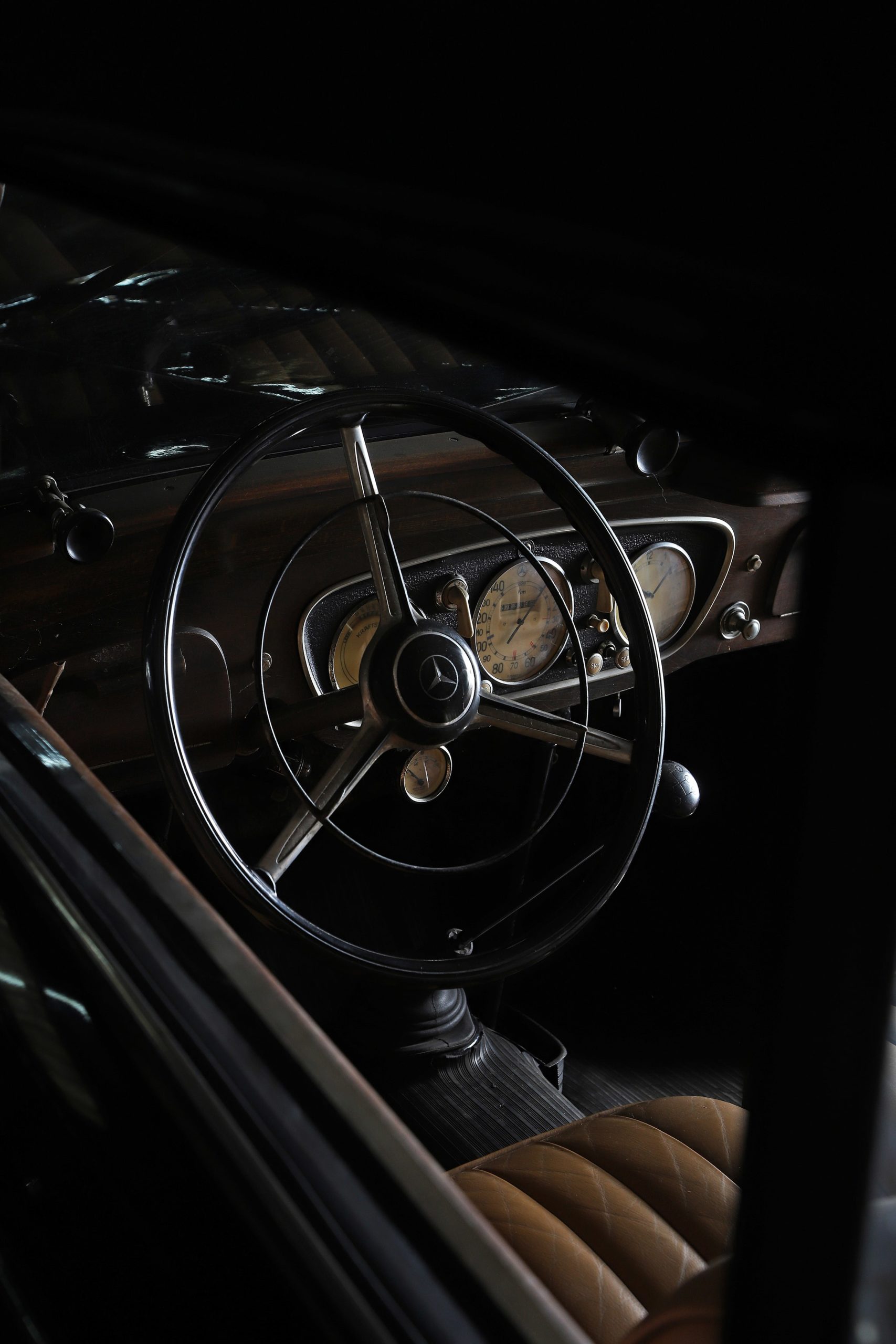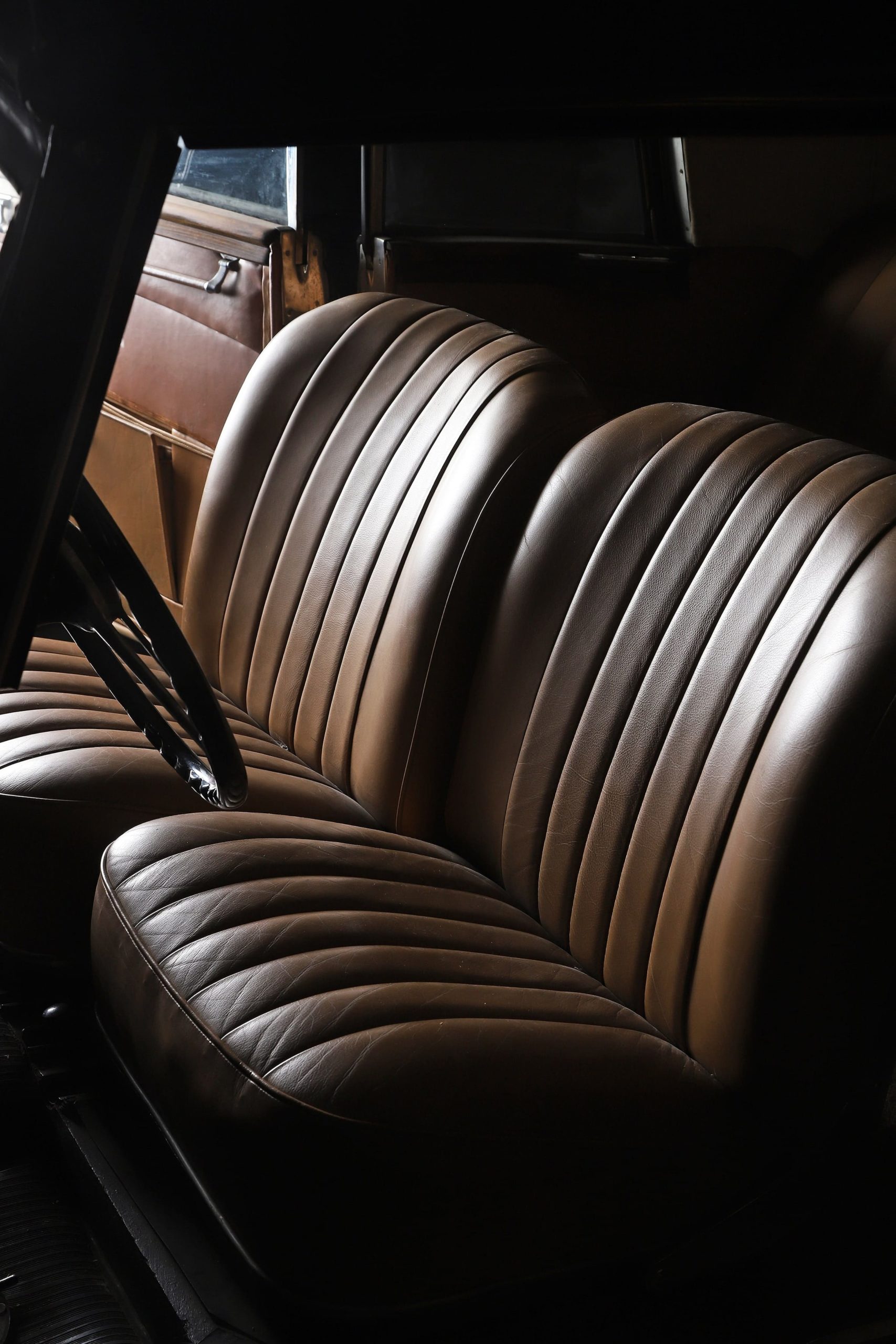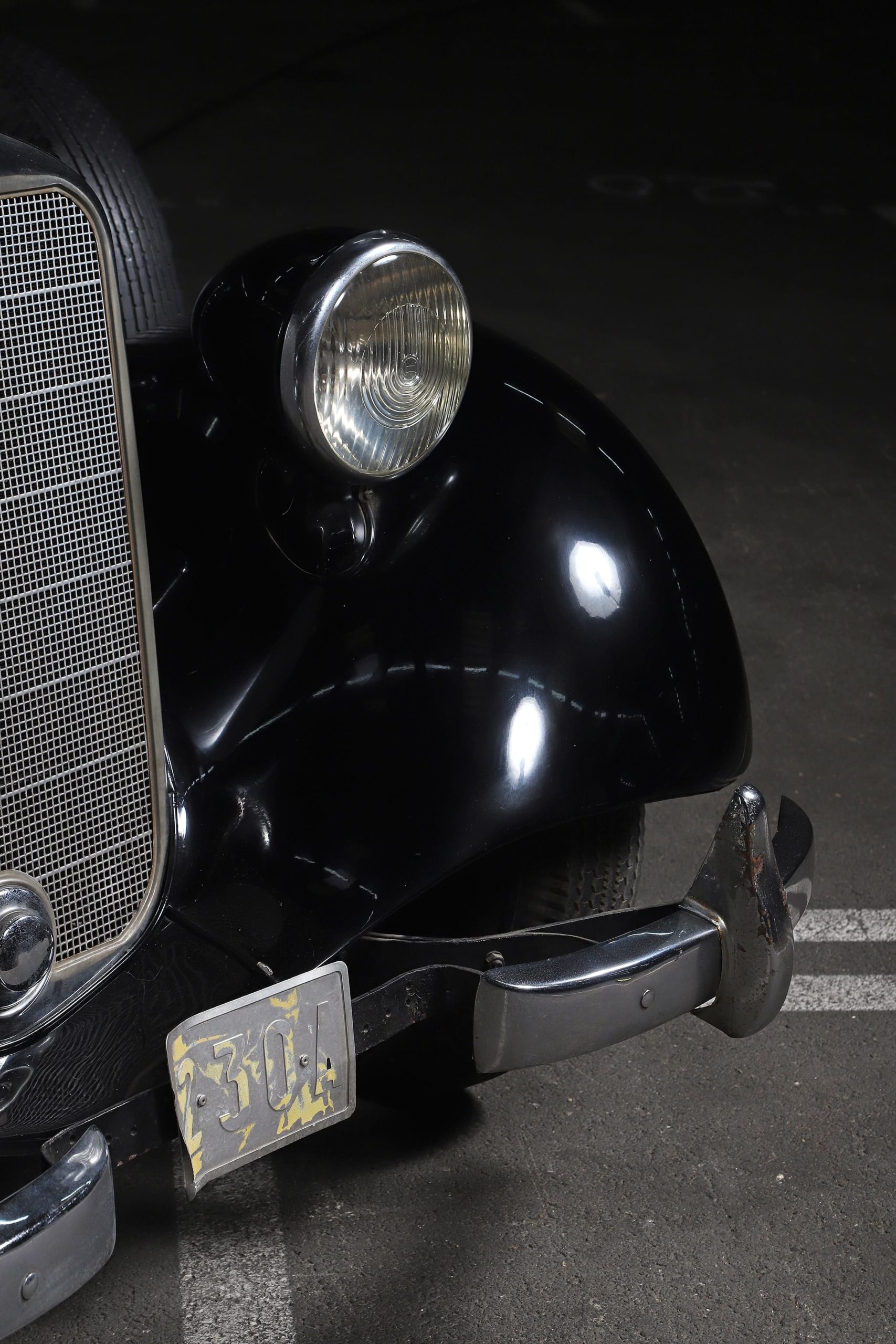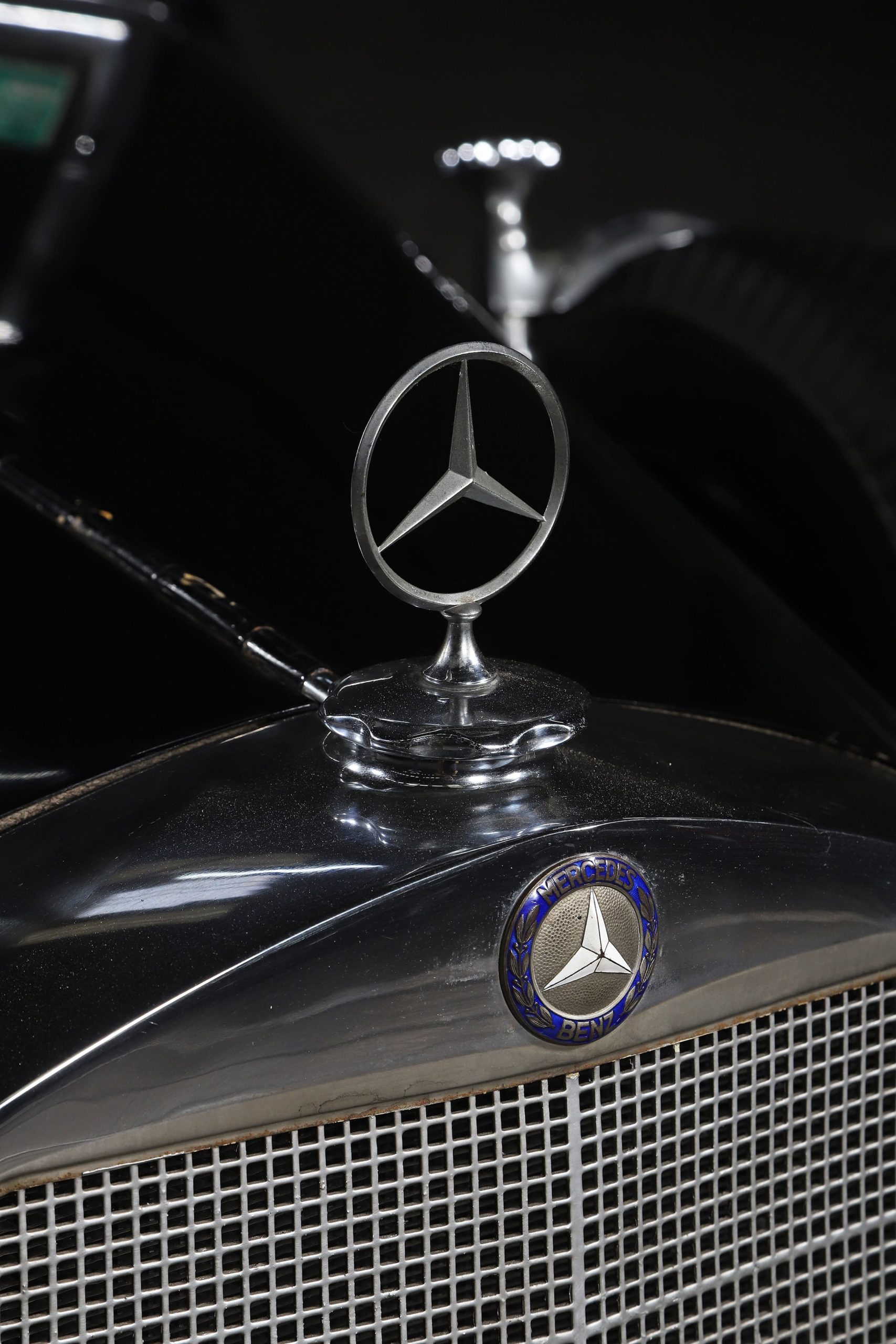Mercedes Benz 230 Cabriolet B - 1938
— The “affordable” Mercedes of the 30s —- Model The B cabriolet, one of the most attractive Mercedes 230s.
- History A key model in the history of Mercedes Benz.
- Technology A technically advanced car for its time.
- Mechanics A general mechanical overhaul will be needed to put the car back on the road.
- Condition A car with patina that has benefited from an old quality restoration.
The Great Depression, consecutive to Wall Street crash, had seriously impacted sales of prestige cars in 1929. The then young manufacturer Mercedes-Benz, created in 1926, had to react and innovate in order to revive its sales. Already famous for its technical excellence and prestige models, the young brand took a commercial turn by launching the production of new mid-range family car. This is how the W143 project was born, which gave rise to the Type 230.
A successful car for Mercedes in the Thirties
Developed by the very talented Head Engineer Hans Nibel, the Type 230 was finalised by Max Sailer, the factory driver and head of the competition division, who took over from Hans Nibel, who died suddenly in November 1934.
The Type 230 was launched in February 1937 at the Berlin Motor Show and was due to become the most popular car in Mercedes-Benz’s offer and production. The key concepts of Nibel were still there: a chassis with a box-section frame, four-wheel independent suspension, hydraulically assisted drum brakes, etc. These were all interesting and modern innovations that ensured greater driving pleasure and safety.
Powered by the 2,229cc in-line 6-cylinder engine from which it took its name, the Type 230 developed 55 bhp, which guaranteed a top speed of 115 km/h.
Competitively priced for a six-cylinder engine car, compact and economical for a Mercedes, yet assembled to the high standards of the brand, the Type 230 was a commercial success, with 24,500 units built in all versions.
Its production was logically discontinued in 1939.
©Aguttes
A wide variety of models including three convertibles
As was customary at the time, the Type 230 was immediately available in a wide variety of versions, with different looks and wheelbases.
Two different types of chassis were used for this purpose:
- The long wheelbase sectional chassis dedicated to saloons and limousines with larger and more formal bodies.
- The short oval tube frame chassis built for smaller cars, especially the convertible ones.
The Type 230 was thus available as a two- and four-door saloon, up to Pullman versions with seating for six.
For the cabriolets, three types of cars were offered:
- The A dotted with 2/3 seats,
- The B sold with two doors and four seats, which is the convertible of the ANNA LISA Art On Wheels collection,
- The D with four real doors and four seats.
The 230 has undergone various changes during its career, including a more sloping front grille and rounder, more wraparound front wings that improved its aerodynamic drag coefficient.
Similarly, fully synchronised gearboxes in the latest models have replaced the non-synchronised gearbox on two of the four gears that were seen on the first cars.
©Aguttes
The Mercedes 230 from the ANNA LISA collection
The Type 230 convertible B was built in 1938. This black car with its black interior was registered in Pennsylvania in June 1988, when it was in the name of Mr Eric Lamerand of Tourcoing, France. It was then imported in France in 1989 before being sold at auction on 8 December 1989 by Poulain – Le Fur auction house.
An expertise report shows that the chassis and engine numbers match. This car has today a very nice patina and is in good overall condition, thanks to a high quality restoration, certainly carried out in the early 90s. The paintwork and the interior are still in very good condition.
However, both the blocked engine and the hydraulic system, including clutch and brakes, which have been partly dismantled, need to be restored.
